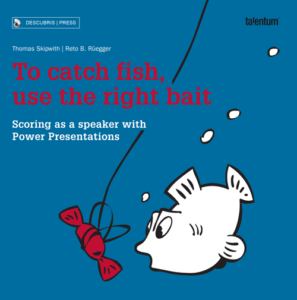What are the 5 biggest challenges for STEM professionals?
Question: What are the 5 biggest challenges for STEM professionals when presenting?*
Answer: It depends :-). It varies from person to person. But what I see over and over again in my training and coaching practice are the following challenges:
Adapt to the audience.
STEM professionals often find it difficult to present in a way that is generally understandable and tailored to the audience. Technical details often do not interest laymen. Therefore, do the grandparent test: If you give your presentation in such a way that even your grandparents understand what it’s about, you’re on the safe side.
Present in a structured way.
Those with training in one of the STEM subjects take a chronological rather than a dramaturgical approach. A clear outline with introduction, main part (body) and conclusion helps the audience to follow the presentation. This outline can also be found in movies, e.g. James Bond. The film starts with an exciting scene, increases the tension in the main part and ends with the resolution.
(In the book“To catch fish, use the right bait” you will learn how to structure a presentation using the Power Presentation Model PPM).
Use visualizations.
It is bad when you hear the sentence: “As you can see here”, but I as a listener can see little or nothing because of the large amount of numbers and/or text.
Complex relationships should be illustrated with graphics, diagrams or examples. It is easy to overwhelm the audience with text and numbers only.
Speak freely.
Many presenters with STEM backgrounds read off their slides. This is boring. Instead, you should speak freely and with eye contact to the audience. Especially online, this is not clear to many. Online, the mnemonic phrase of a colleague from the USA, Terry Brock, is: “Love your lens”.
Pay attention to body language.
An open attitude, gestures and facial expressions help to captivate the audience. Anyone who hides behind his laptop quickly loses the interest of the audience. Use the lectern exclusively as a repository for your notes. Move freely on the stage.
What are your challenges?
Here’s to attractive presentations!
Your
Thomas Skipwith
* STEM: science, technology, engineering and mathematics
Book recommendation
 In the following book, you will find the tools, systems, and tips that will make you a persuasive speaker. So that you need less time for preparation, present more understandably and with more confidence.
In the following book, you will find the tools, systems, and tips that will make you a persuasive speaker. So that you need less time for preparation, present more understandably and with more confidence.
If you want support for a speech or presentation, please let me know (+41 41 630 39 90).
If you would like to have tips and tricks regularly by e-mail (in German), then sign up to the Trainingletter – but it’s confidential:-).




